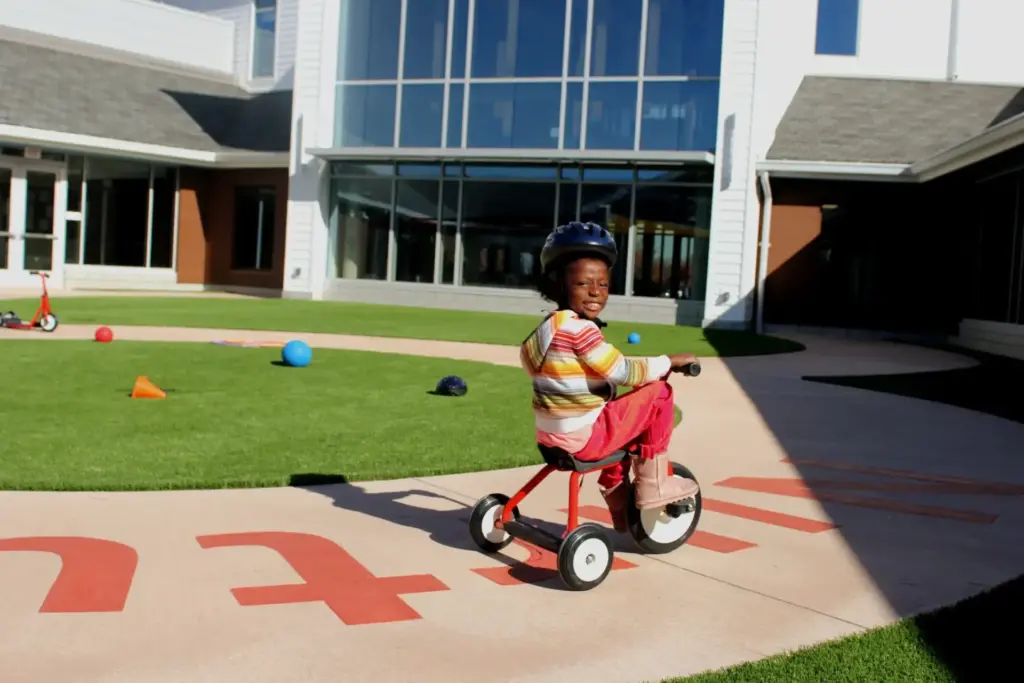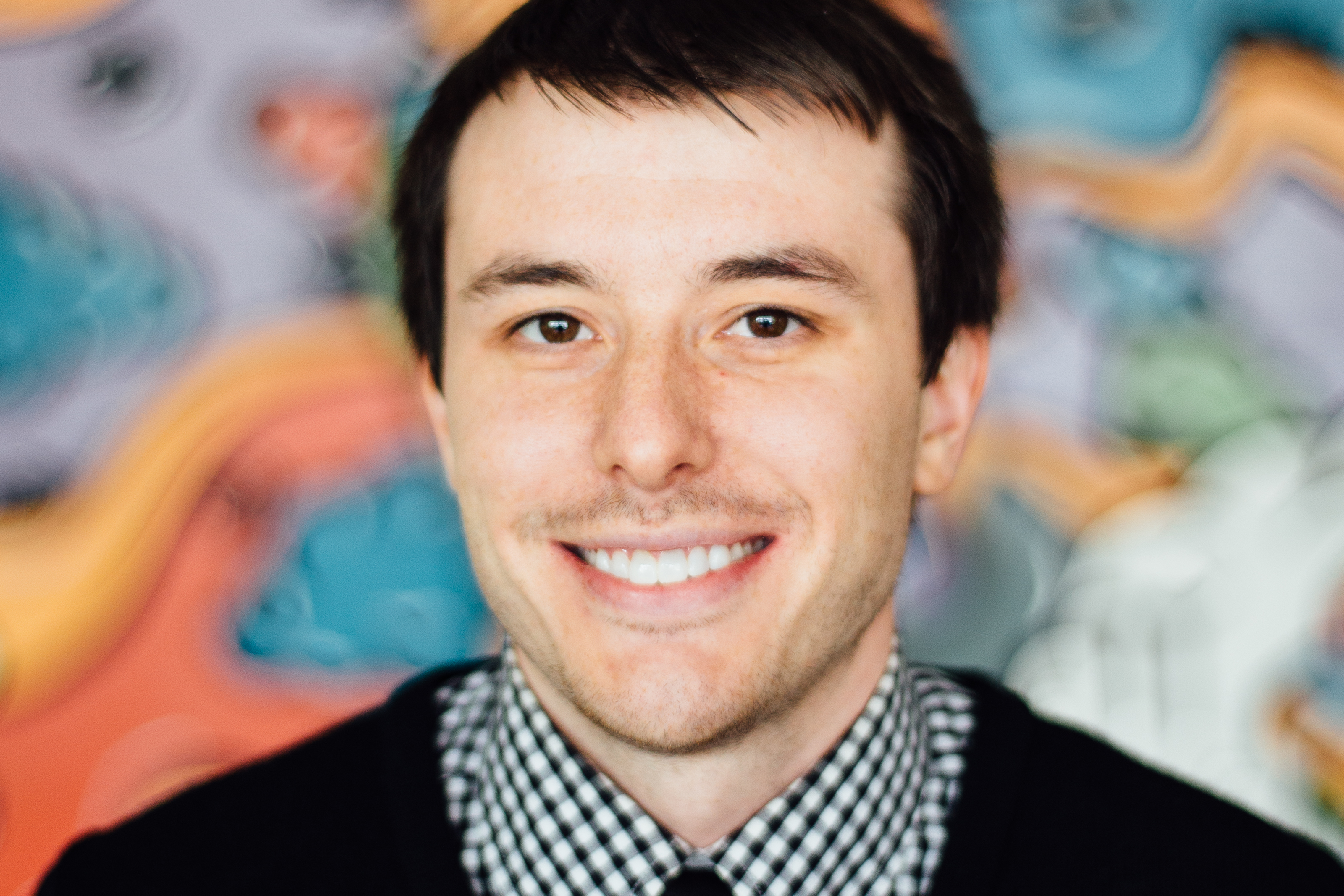When we’re young, playing and learning are inseparable.
Simple games like peekaboo and hide-and-seek help us learn crucial lessons about time, anticipation and cause and effect. We discover words, numbers, colors and sounds through toys, puzzles, storybooks and cartoons. Everywhere we turn, there’s something fun to do and something new to learn.
Then, somewhere around early elementary school, learning and play officially become separated for life.
Suddenly, learning becomes a task that only takes place in proper classrooms with the help of textbooks, homework and tests. Meanwhile, play becomes a distraction that we’re only allowed to indulge in during our free time, often by earning it as a reward for studying. As a result, students tend to grow up feeling as if learning is a stressful chore while playing is a reward.
But in recent years, educators have begun to rethink this separation. Some are even taking concrete steps to reverse it by reintroducing play into their lessons, expanding learning to include spaces outside the classroom and incorporating practical learning opportunities within playful pastimes. The root of this change can be traced back to the concept of play theory, the idea that play and learning are fundamentally intertwined and that children benefit from a healthy balance of both.

